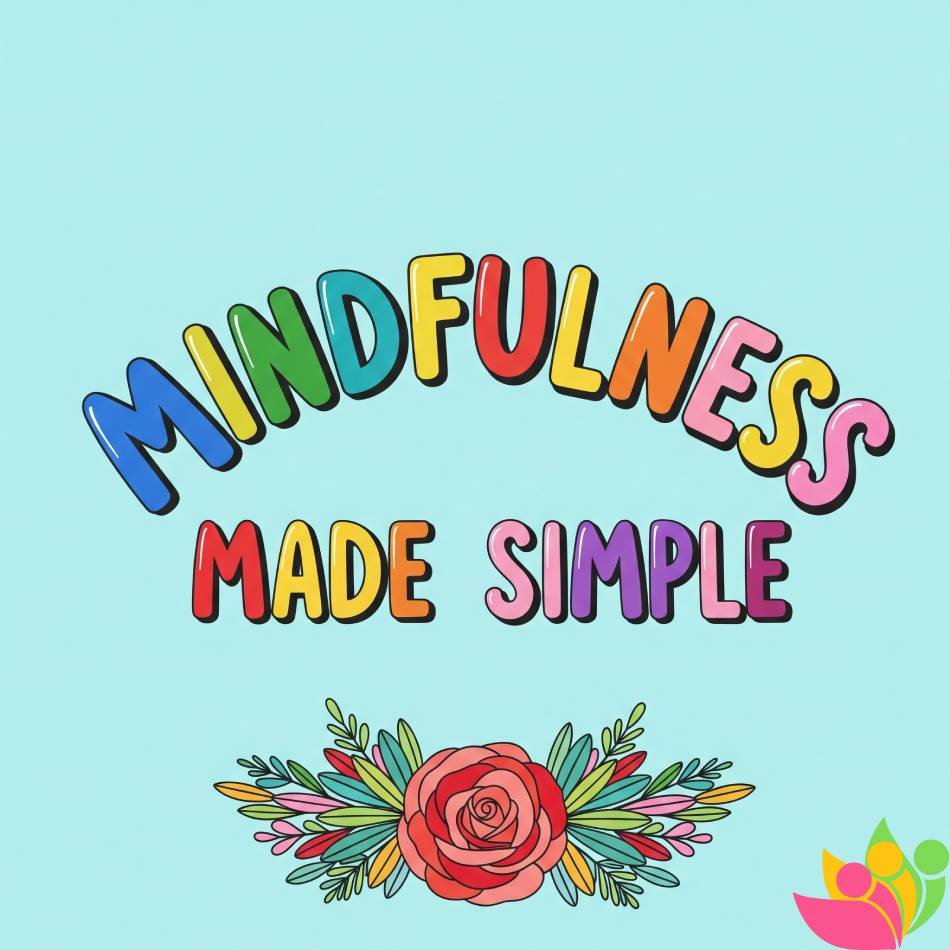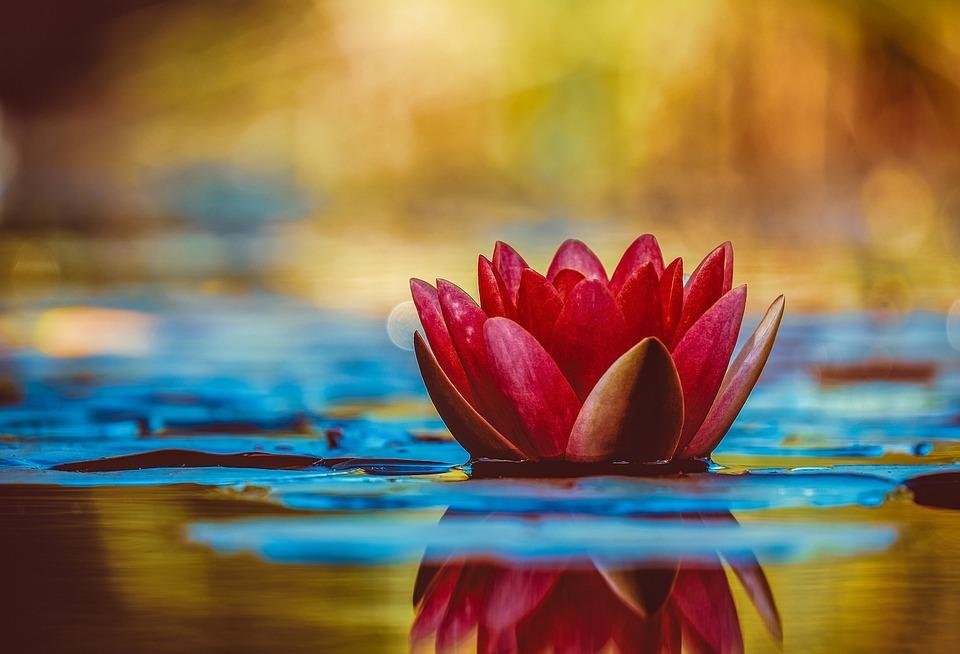Mindfulness is the practice of paying attention to the present moment with openness and without judgment. Instead of getting pulled into worries about the future or replaying the past, mindfulness gently guides your attention back to what’s happening right now—in your body, breath, and surroundings. This simple shift can lower stress, sharpen focus, and improve overall well-being. Whether you’re new to mindfulness or refreshing your practice, this guide offers clear, science-backed steps to get started.
Benefits of mindfulness
- Reduces stress: Mindfulness calms the nervous system, lowering cortisol and easing the body’s stress response.
- Improves focus: Training attention makes it easier to notice distractions and return to the task at hand.
- Enhances emotional balance: You learn to observe thoughts and feelings without being swept away by them.
- Supports better sleep: Gentle mindfulness practices help quiet a racing mind before bed.
- Eases pain and tension: Mindful awareness can reduce perceived pain and relax tight muscles.
- Builds compassion: Nonjudgmental awareness often translates into greater kindness toward yourself and others.
How mindfulness works At its core, mindfulness combines attention and attitude. Attention means noticing your breath, sensations, or sounds. Attitude means being curious and kind instead of critical. Over time, mindfulness meditation strengthens brain networks related to self-regulation and perspective, making it easier to pause before reacting and to choose responses that fit your values.
How to practice mindfulness (no experience required)
- Mindful breathing (2–5 minutes): Sit comfortably. Notice the natural rhythm of your inhale and exhale. When your mind wanders, gently return to the breath. That returning is the training.
- Body scan (5–10 minutes): Move attention slowly from head to toe. Observe sensations like warmth, tightness, or tingling without trying to change them.
- Mindful walking (3–10 minutes): Walk at a natural pace. Feel your feet meet the ground, notice shifting weight, and observe sights and sounds.
- Mindful eating (one meal or snack): Slow down. Look, smell, and taste each bite. Notice hunger and fullness cues.
- The three-step pause (anytime, 60 seconds): Stop and feel your body. Breathe and label what’s present (thinking, tightness, impatience). Choose a small, helpful action next.
- RAIN for difficult moments: Recognize what’s happening; Allow it to be there; Investigate sensations and needs; Nurture yourself with a kind response.
Make mindfulness a habit
- Start small: One to three minutes daily beats an ambitious plan you’ll abandon.
- Tie it to a cue: After you brush your teeth or before opening email, take five mindful breaths.
- Track gently: Use a simple calendar or app to note practice days, without perfectionism.
- Bring it into life: Wash dishes, shower, or commute with full attention. Everyday tasks are ideal mindfulness training grounds.
Mindfulness at work
- Micro-pauses: Take a 30–60 second breath break between tasks to reset focus.
- Single-tasking: Close extra tabs and set a timer for focused work sprints.
- Meetings: Notice your posture and breath before speaking. Listen fully, then respond.
Common obstacles (and fixes)
- Restlessness: Shorten sessions or switch to mindful walking to move excess energy.
- Sleepiness: Sit upright, open your eyes slightly, or practice earlier in the day.
- Rumination: Label “thinking,” then gently return to the anchor (breath, body, sound).
- Self-criticism: Treat wandering like a rep at the mental gym—every return builds strength.
Is mindfulness for everyone? Most people can benefit, but if you’ve experienced trauma or intense anxiety, consider trauma-sensitive approaches: keep eyes open, anchor attention on external sounds or feet on the floor, and stop if you feel overwhelmed. A qualified teacher or therapist can tailor practices to your needs.
Getting started today Choose one simple mindfulness technique and try it for three minutes. Set a reminder, breathe, and notice. Over days and weeks, the benefits of mindfulness—calmer mood, clearer focus, kinder self-talk—accumulate. Mindfulness isn’t about emptying your mind; it’s about learning to relate to your mind differently. In that shift, everyday life becomes a little more spacious, steady, and satisfying.







